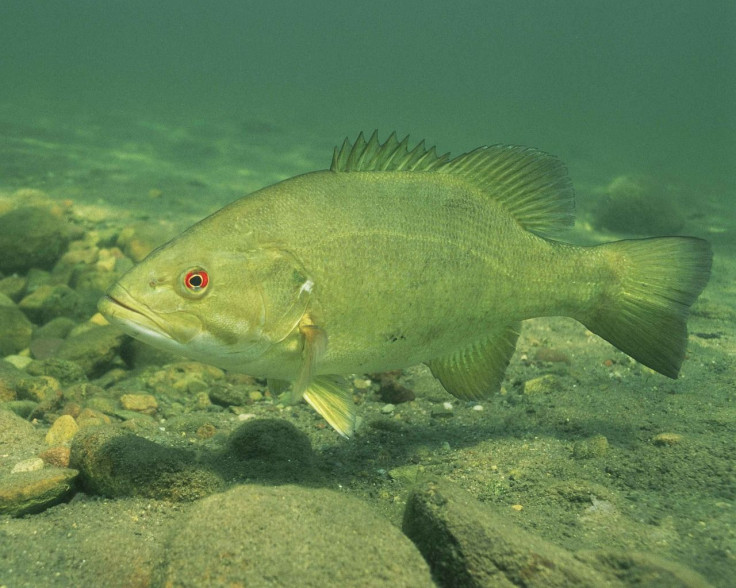Leftover Birth Control Pills Are Turning US Fish Into Hermaphrodites: Problem Could Affect Human Health, Too

Scientists from the U.S. Geological Survey (USGS) and the U.S. Fish and Wildlife Service have recently noted an increasing number of fish in lakes and creeks throughout North America are developing both male and female characteristics. Although the true cause of this strange phenomenon remains unclear, some researchers suspect remnants of our prescription medications may be part of the problem, warning that if left unchecked, the problem could also affect human health.
In the study, now published in the online journal Ecotoxicology and Environmental Safety, a team of researchers analyzed fish populations in 19 national wildlife preserves throughout North America. In their research, the team discovered that an alarming amount of smallmouth and largemouth bass had become intersex — a medical condition that describes organisms with a discrepancy between their internal and external genitals. According to Vice News, as many as 85 percent of male smallmouth bass and 27 percent of male largemouth bass have eggs where their testes should have been.
"What we're finding is the presence of immature eggs in the gonads of the male fish," said Luke Iwanowicz, a USGS research biologist involved in the study, told Vice. "This has basically been an indication of exposure of estrogens such as compounds that enforce the female physiology.”
Also known as hermaphroditism, intersex is a serious condition that can affect the reproductive capabilities of an organism or weaken its immune system, putting it at greater risk for disease. The problem has been documented by the USGS for years, but their recent report suggests the problem is more prevalent than previously suspected.
The study was designed to measure the extent of the problem, not uncover the root of it — scientists have already developed hypotheses on why American fish are becoming intersex. The team suspects that endocrine disrupting chemicals (EDCs) may be to blame, which are the chemicals found in everything from prescription drugs, such as birth control and antidepressants, to pesticides used on farms. Eventually, chemicals find their way into the U.S. sewage system, and although sewage in the U.S. gets treated before being flushed back out to our rivers and streams, Vice reported that trace amounts of EDCs have been detected in waterways even after being treated at wastewater plants.
In addition to the sex changes, fish have been turning up with increasing incidences of sores and cancerous tumors, and populations in certain areas, such as the bass population in Pennsylvania's Susquehanna River, are decreasing in numbers. What's more, scientists are worried this phenomenon could eventually have an effect on the human population.
"We are looking at fish but, of course, there is that concern that, if this stuff is in the water, it can be affecting other wildlife," Iwanowicz told Vice. "We're not sure how it works into the human dimension but it's kind of worth considering."
Source: Iwanowicz LR, Blazer VS, Pinkney AE, et al. Evidence of estrogenic endocrine disruption in smallmouth and largemouth bass inhabiting Northeast U.S. national wildlife refuge waters: A reconnaissance study. Ecotoxicology and Environmental Safety. 2015.



























